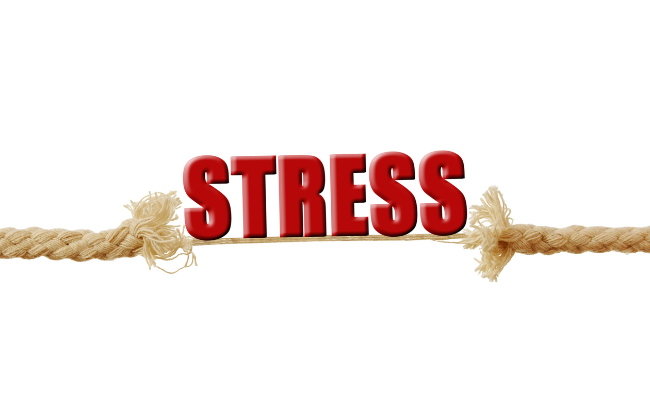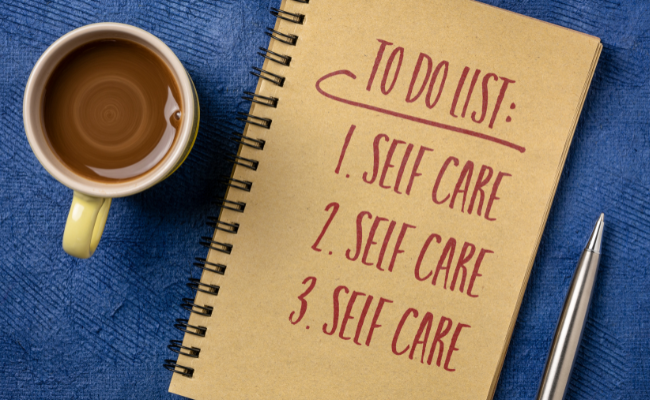Burnout Recovery with Cait Donovan
“If you are already searching for burnout solutions, the chances that you need prevention techniques are minimal. You likely need recovery techniques.”
— Cait Donovan
I had the delight of speaking with Cait Donovan, an International Keynote Speaker, host of “Fried – The Burnout Podcast,” author of the book The Bouncebackability Factor, and holder of a master’s degree in Chinese medicine.
Cait is a burnout expert who emphasizes the importance of recovery methods for individuals already experiencing burnout. She advocates for a holistic approach to healing and restoring optimal functioning while providing valuable insights and tips for effective burnout recovery.
We discuss:
- Differentiation between burnout prevention and recovery
- How stress differs from burnout and why the solution isn’t a long weekend
- Why passion and purpose are not enough to prevent burnout (and what to do instead)
Differentiation between burnout prevention and recovery

Avoiding burnout and recovering from burnout are two different experiences. Many experts speak on preventing burnout, and that’s important—but what do we do if we’re past that point? How do we bounce back from burning out?
“When you are not yet burnt out, your brain is fully functioning—whatever that means for you, you might be a little neurodivergent—but your brain is fully functioning,” Cait says. “When you are already burnt out, there have been physiological changes to your brain that prevent you from being able to engage in some of the exercises that someone might have you do for prevention.”
Think of trying to bail out a boat with a hole in the bottom. The damage is done, so the solution must take a different form. We have to repair the hole before we can sail again—in other words, gratitude journaling is good, but it’s not going to make a dent if we’re drowning.
“You have to be able to really engender a feeling of gratitude. You have to feel it flow throughout your whole body—we all know that sensation—that's what gratitude feels like naturally,” she continues. “But when you're burnt out, it's really hard to find that feeling.”
It’s hard to recognize the beauty of a sunset or sunlight through a forest canopy when we’re struggling to breathe. Gratitude is hard-pressed to penetrate someone in survival mode running on fumes.
“Forcing positive things feels just like that: forcing. And so it feels unreal and fake to you. And so instead of gratitude journaling, I often start people off, when they're in burnout recovery, with resentment journaling,” she says.
Resentment is the low-hanging fruit we can reach when in a state of burnout. Writing about frustrations, anger, and resentment can release that pent-up diatribe and allow us to, eventually, regain and refocus our energy on different techniques.
How stress differs from burnout and why the solution isn’t a long weekend

Burnout prevention is a society, workplace, and culture job that requires continuous change and reevaluation company-wide. Recovery is an individual's responsibility; taking care of ourselves and recognizing when we can go no further without taking action toward recovery.
“The difference between being stressed and being burnt out is that when you are stressed, you can bounce back fairly quickly. If you have a more stressful time at work, but you take a long weekend and you feel refreshed and recovered by Tuesday, you were just stressed,” Cait says. “If it's burnout, you'll take those three days off, and you'll feel worse.”
Recovery from burnout can take 12 to 18 months with assistance from coaches, therapy, functional medicine, etc. Much more than a long weekend or even a vacation.
Unfortunately, there is no quick fix once we’ve crossed into burnout, which, as the WHO defines, consists of three markers:
- Physical and mental exhaustion
- Cynicism
- Decreased productivity and lack of purpose
Living in those three conditions requires intentional effort to move out of them and get back to a healthy mindset and lifestyle, and that likely won’t happen overnight, even if that night is at a luxury hotel.
Why passion and purpose are not enough to prevent burnout (and what to do instead)

We’ve seen it time and time again—founders and CEOs reporting 70-80 hour work weeks, championing their dedication and passion for what they’re building, seeming to lean into the extreme weight of purpose they’ve attached to working those long hours.
Is that truly what it means to be passionate and have purpose? Not necessarily. There are other paths and ways to dedicate ourselves to our work and what we care about.
“When you're getting to a place where you're constantly overextending yourself for a passion or a purpose, I don't believe that's a true passion or purpose,” Cait says. “When you really have a true passion and purpose, you understand on a deep level that for you to get there, you have to be at your best. And you can't be at your best if you're working 70 and 80 hours a week. You simply cannot.”
Even passions need boundaries. If we’re attributing too much of our identity to a passion or a dream, we risk losing ourselves and becoming entangled in this great, grand thing. And then, without that thing, we don’t know who we are.
“Underneath that, there are some self-esteem issues that need to be worked on. Your purpose can't be more important than you,” she continues.
Burnout recovery is an individual journey—recovery will look different from person to person. That said, some pillars remain consistent on the road to recovery:
- Foundational self-care
- Boundaries
- Community
Foundational self-care
This step refers to more than bubble baths and manicures—though if that helps, more power to them—but rather stepping back and asking: “Am I meeting my core functional needs as a human being?”
These are simple things such as getting enough restful sleep, eating properly, moving regularly, etc.
It does not have to be perfect—50, 70, 80% is better than 0%. The question is: Are you responding to your body's needs?
Boundaries
Boundaries do not mean saying no to everything and everyone. Boundaries are as much about the “in” as they are the “out.” There must be a balance between segregation (self-isolating) and integration (blending into our surroundings).
We must be flexible between those two extremes to recognize when to seek connection and when to pull back.
Community
We need other people. That fact is not disputable. We’re made to support and love one another, pour into each other's lives, and work together. Restructuring our social groups or meeting new people can feel intimidating, but it is essential for recovery.
The energy spent building relationships and friendships may feel like a lot, but at the end of the day, what costs more? Struggling through the day and sinking into cynicism, or taking a chance on a new connection?
“Creating a community of people that you honestly feel supported within is a massive burnout protection factor for your entire life—for your entire future,” Cait says.
Though recovering from burnout is an individual journey we must take on ourselves, that does not mean we are alone as we climb back into that boat and sail again. It helps to have some friends push us out into deeper waters.
Have you struggled with burnout? What did you do to help yourself recover?
Be sure to check out Cait’s full episode for further insight into recovering from burnout and learn more at CaitDonovan.com!








